Rising Energy Costs
Rising energy costs are driving interest in the Ground Mounted Solar Market. As traditional energy sources become more expensive due to fluctuating fossil fuel prices and geopolitical tensions, solar energy presents a cost-effective alternative. The levelized cost of electricity (LCOE) for solar power has decreased significantly over the past decade, making it competitive with conventional energy sources. This trend is likely to encourage more businesses and homeowners to consider ground-mounted solar installations as a means to mitigate energy expenses. Furthermore, the long-term savings associated with solar energy, coupled with the potential for energy independence, are compelling factors for stakeholders in the Ground Mounted Solar Market. As energy prices continue to rise, the appeal of solar energy solutions is expected to grow, further propelling market expansion.
Technological Innovations
Technological innovations are significantly influencing the Ground Mounted Solar Market. Advancements in solar panel efficiency, energy storage solutions, and tracking systems have enhanced the viability of ground-mounted solar installations. For example, the development of bifacial solar panels, which capture sunlight from both sides, has improved energy generation capabilities. Moreover, the integration of smart grid technologies allows for better energy management and distribution, optimizing the performance of solar systems. As these technologies continue to evolve, they are likely to reduce the overall cost of solar energy production, making ground-mounted systems more attractive to investors and developers. The ongoing research and development in solar technology suggest a promising future for the Ground Mounted Solar Market, potentially leading to increased adoption rates.
Favorable Government Policies
Favorable government policies play a crucial role in shaping the Ground Mounted Solar Market. Many countries have implemented incentives such as tax credits, grants, and feed-in tariffs to promote solar energy adoption. These policies not only lower the financial barriers for solar project developers but also encourage investments in renewable energy infrastructure. For instance, in several regions, the introduction of renewable portfolio standards mandates utilities to source a certain percentage of their energy from renewable sources, including solar. This regulatory support is expected to drive the growth of the Ground Mounted Solar Market, as it creates a conducive environment for large-scale solar projects. Additionally, the commitment of various governments to achieve net-zero emissions by 2050 further underscores the importance of solar energy in their energy strategies.
Corporate Sustainability Initiatives
Corporate sustainability initiatives are increasingly influencing the Ground Mounted Solar Market. Many companies are adopting renewable energy solutions to meet their sustainability goals and enhance their corporate social responsibility profiles. This trend is evident as businesses seek to reduce their carbon footprints and align with consumer preferences for environmentally friendly practices. The commitment to sustainability often translates into investments in solar energy projects, including ground-mounted systems. As corporations recognize the financial and reputational benefits of renewable energy, the demand for ground-mounted solar installations is likely to increase. Additionally, partnerships between corporations and solar developers are becoming more common, further driving the growth of the Ground Mounted Solar Market. This alignment of corporate interests with renewable energy objectives suggests a robust future for solar energy adoption.
Increasing Demand for Renewable Energy
The rising demand for renewable energy sources is a primary driver for the Ground Mounted Solar Market. As nations strive to meet their energy needs sustainably, solar energy emerges as a viable alternative. According to recent data, the share of renewable energy in the global energy mix has been steadily increasing, with solar power accounting for a significant portion. This trend is likely to continue, as governments and organizations aim to reduce carbon emissions and combat climate change. The Ground Mounted Solar Market stands to benefit from this shift, as large-scale solar installations become more prevalent. Furthermore, the growing awareness among consumers regarding the environmental impact of fossil fuels is propelling the demand for solar energy solutions, thereby enhancing the market's growth potential.


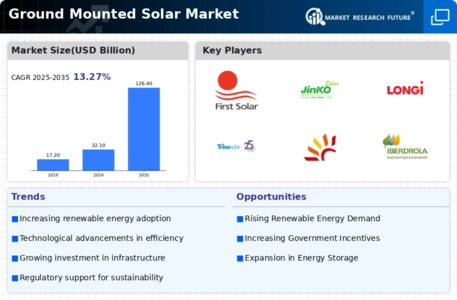
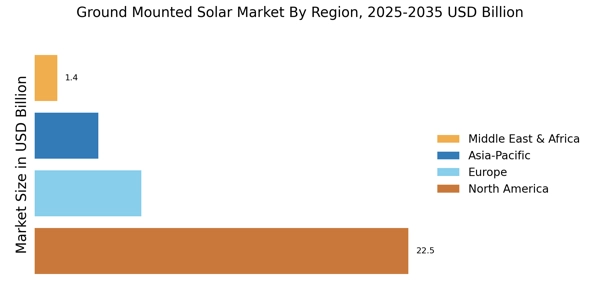
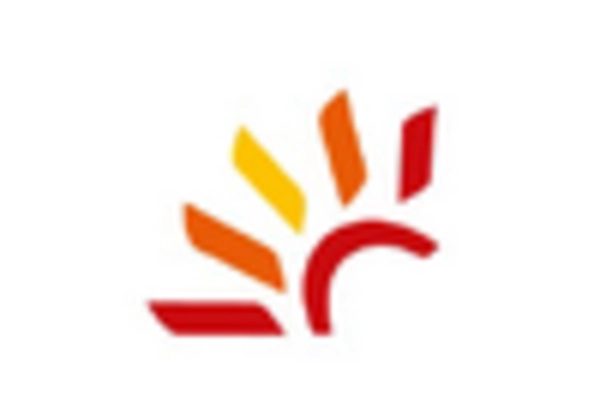
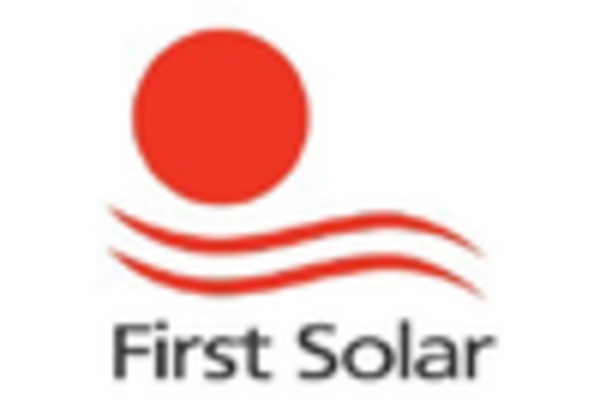
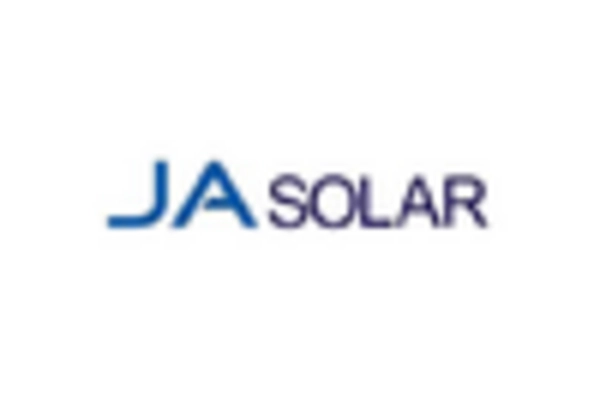


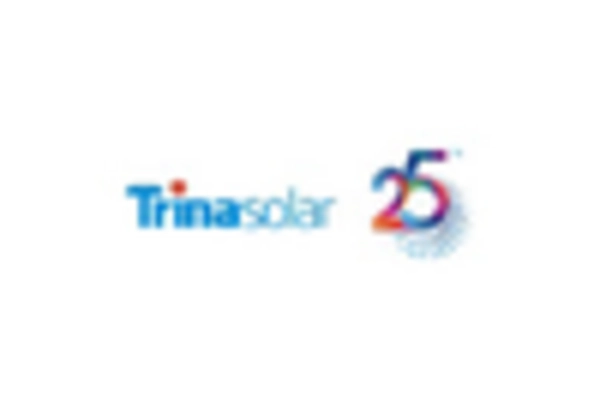








Leave a Comment